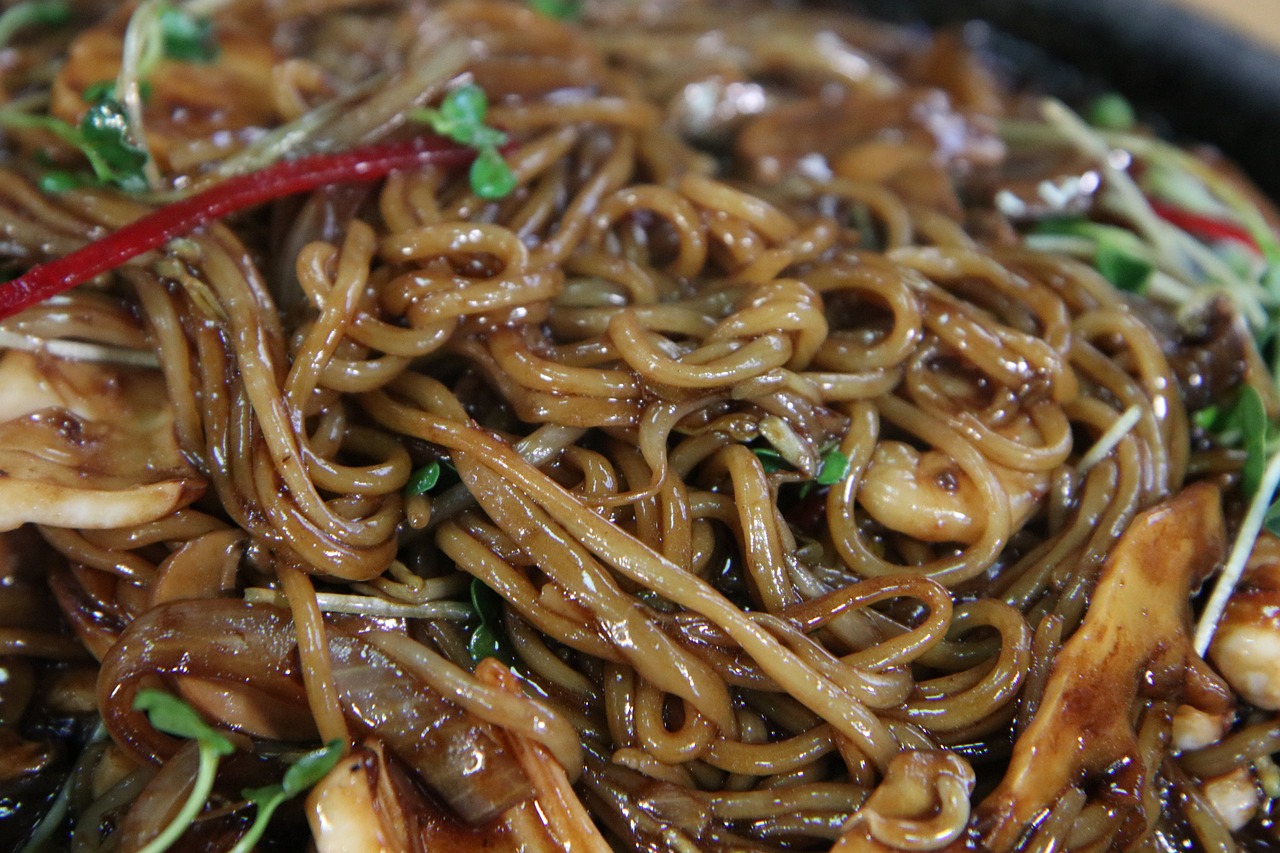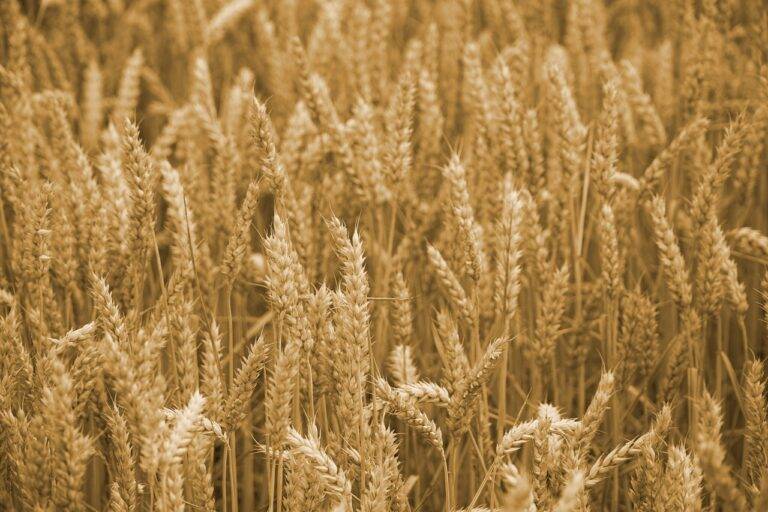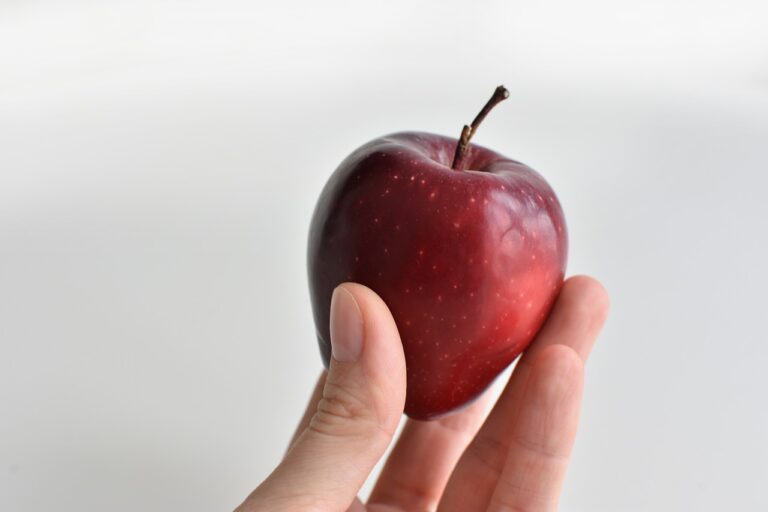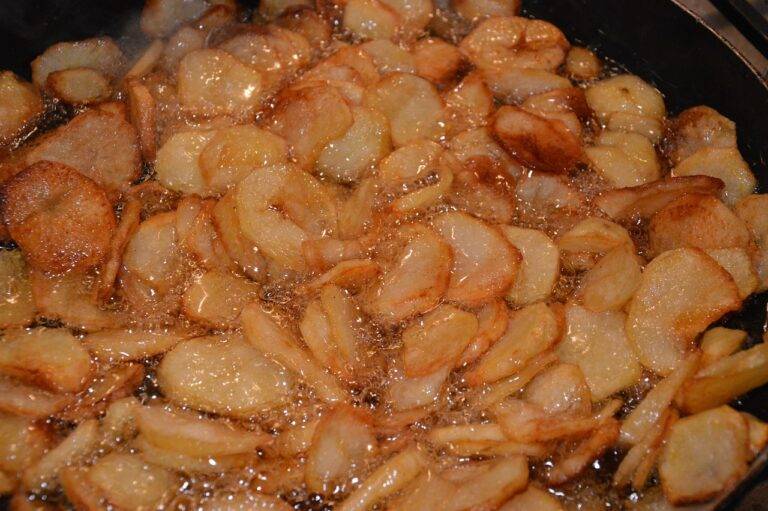The Science of Baking: Understanding the Chemistry Behind Perfect Pastries.
Baking is a wonderful combination of science and art that has been enjoyed for centuries. It is a versatile and rewarding way to create delicious treats for yourself and others to enjoy. The process of baking involves mixing ingredients together, carefully following a recipe, and then using heat to transform those ingredients into something delicious.
One of the key elements in baking is precision. Unlike cooking, where a sprinkle of this or a dash of that can often suffice, baking requires exact measurements to ensure that the final product turns out just right. Whether you’re measuring out flour, sugar, or leavening agents, accuracy is vital in baking to achieve the desired texture, taste, and appearance of the finished product.
The Role of Ingredients in Baking
Flour is a fundamental ingredient in baking, providing structure and texture to baked goods. Different types of flour, such as all-purpose, bread, cake, and whole wheat, each contribute unique characteristics to the final product. The protein content in flour affects gluten formation, which is crucial for creating a strong framework to trap gases produced by leavening agents.
Sugar plays a crucial role in baking beyond adding sweetness. It also tenderizes the crumb by weakening gluten formation and adds moisture, improving the texture and shelf life of baked goods. Additionally, sugar aids in browning through caramelization and adds flavor complexity to the final product. Balancing the amount of sugar in a recipe is key to achieving the desired taste and texture in baked goods.
The Chemistry of Leavening Agents
Leavening agents play a crucial role in baking by helping baked goods rise and achieve a light, airy texture. Yeast is a common leavening agent that works by releasing carbon dioxide gas as it feeds on sugars in the dough, causing the dough to expand and rise during the baking process. Baking powder and baking soda are chemical leavening agents that work by releasing carbon dioxide gas when they are combined with moisture and heat.
– Yeast is a living organism that requires time to ferment and activate in order to leaven dough effectively
– Baking powder contains both an acid (such as cream of tartar) and a base (such as baking soda), which react together when mixed with liquid to release carbon dioxide gas
– Baking soda requires an acidic ingredient, such as lemon juice or buttermilk, in the recipe in order to react and produce carbon dioxide gas for leavening
– Different types of leavening agents can be used depending on the desired texture and flavor of the baked goods
What are leavening agents in baking?
Leavening agents are ingredients that help baked goods rise by creating gas bubbles in the dough or batter.
What are some common leavening agents used in baking?
Some common leavening agents include yeast, baking powder, and baking soda.
How do leavening agents work in baking?
Leavening agents work by releasing gas (such as carbon dioxide) into the dough or batter, which causes it to expand and rise.
Can I substitute one leavening agent for another in a recipe?
It is possible to substitute one leavening agent for another, but it may affect the overall texture and flavor of the baked goods. It is best to follow the recipe’s instructions for best results.
Are there any natural leavening agents that can be used in baking?
Yes, yeast is a natural leavening agent that is commonly used in baking bread and other yeast-based baked goods.
How do chemical leavening agents differ from natural leavening agents?
Chemical leavening agents, such as baking powder and baking soda, work by reacting with other ingredients in the recipe to create gas bubbles, while natural leavening agents, like yeast, rely on fermentation to produce gas.







